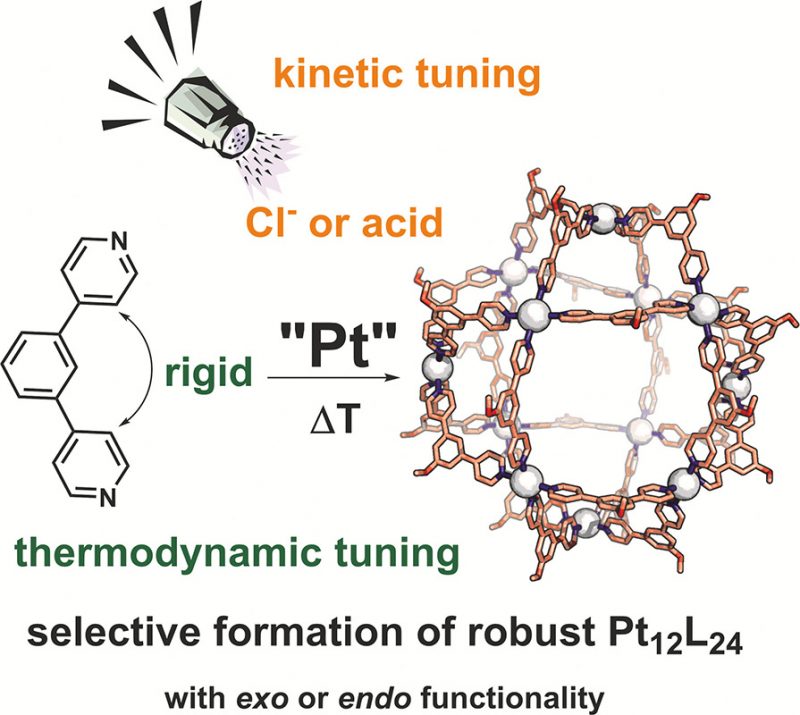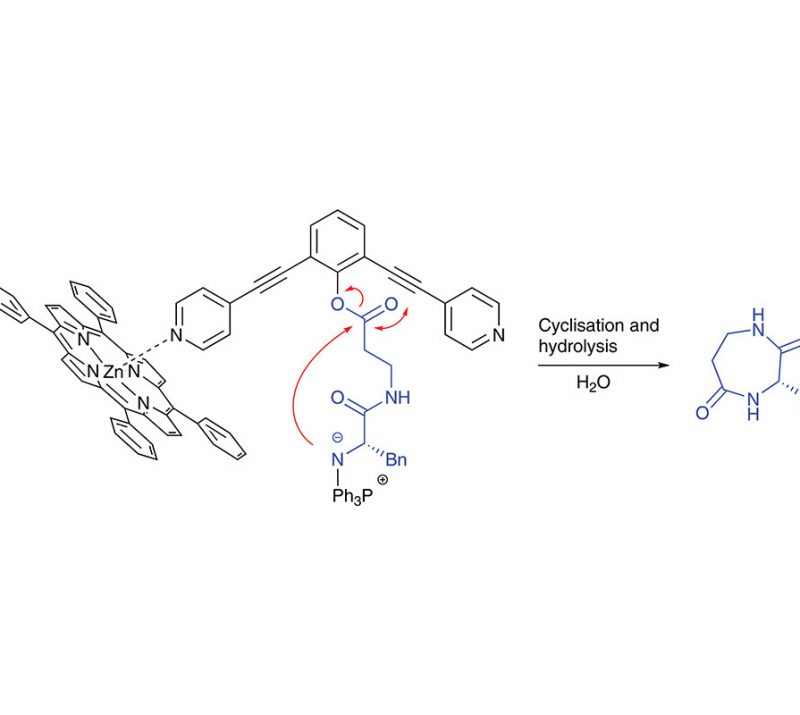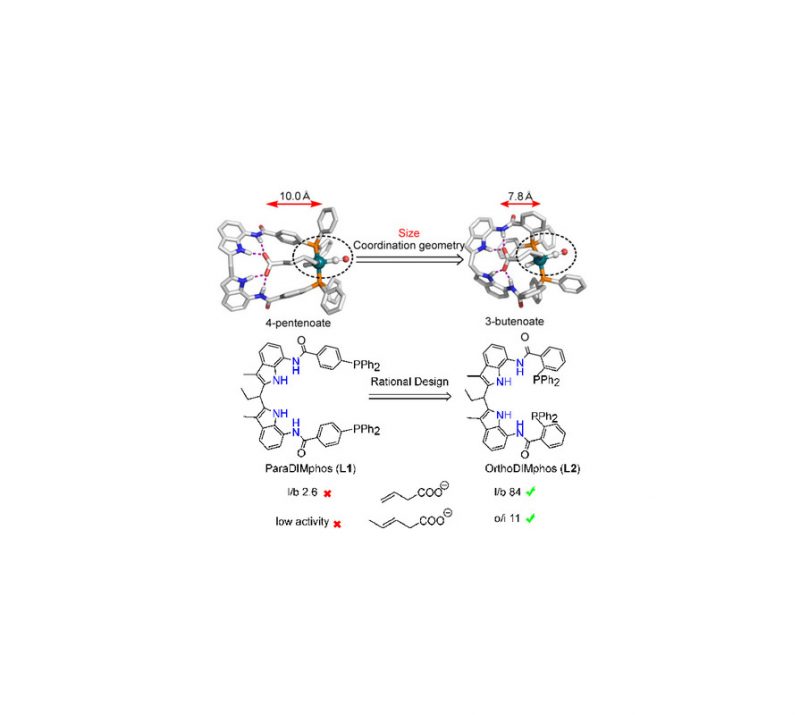In Press
Flippie Holtrop, Andy Jupp, Klaas van Leest, MaximilianParadiz Dominguez, Rene Williams, Fred Brouwer, Bas deBruin, Andreas Ehlers, and Chris Slootweg
Chem. Eur. J., 10.1002/chem.202001494, accepted
DOI: 10.1002/chem.202001494
PDF: chem.202001494
Abstract
Archetypal phosphine/borane frustrated Lewis pairs are famed for their ability to activate small molecules. The mechanism is generally believed to result from two‐electron processes. However, detection of radical intermediates indicates that single‐electron transfer generating frustrated radical pairs could also play an important role. These highly reactive radical species typically lie significantly higher in energy, which prompted this investigation into their formation. Herein, we provide evidence that the classical phosphine/borane combinations PMes 3 /B(C 6 F 5 ) 3 and P t Bu 3 /B(C 6 F 5 ) 3 both form an electron donor‑acceptor (charge‐transfer) complex, which undergoes visible light induced single‑electron transfer (SET) to form the corresponding highly reactive radical ion pairs. Subsequently, we show that by tuning the properties of the Lewis acid and base pair, the energy required for SET can be reduced to become thermally accessible.



